MANUEL BARBADILLO
MY WAY TO CYBERNETICS
Sometime in the early Sixties I read a book by Norbert Wiener that had a big impact on me. I read it in Spanish, the title was "Cibernetica y Sociedad" (Cybernetics and Society).
The book impressed me because, in it, Wiener was dealing—although in different terms—with many of the very same problems that I was involved with at the time, which were related principally to freedom and automatism. Only the points of view were different; his was mainly an engineer's while my problems were of an artistic nature.
Some of those problems were then becoming clear in my mind, but others still were at a subconscious level. This latter fact was probably responsible for the profound experience reading that book was for me.
I know, from my own experience, that the important topics for one's development are those that at the time resound in one's subconscious. Because of that, I trust even isolated words, or single sentences that produce an emotional echo, more than coordinated theories, if these have no effect on my emotions.
Years later, when I had a clearer idea of cybernetics, and when my work was more developed, I realized that along with art's collective evolution—I had been making, on my own, the way to cybernetics. Or, rather, to a cybernetic vision of the world.
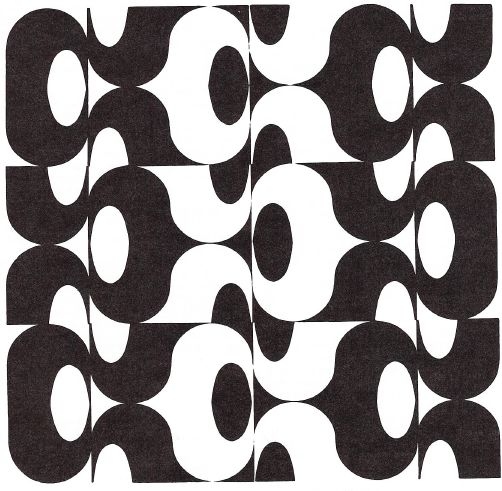
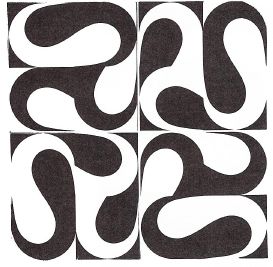
At the time when I read Norbert Wiener's book, my painting was reversing a shape-destructing process that had taken me from my initial realism to what has been known as 'Abstract-expressionism'—a style with complete disregard for shape and composition which placed the utmost importance in self-expression—and was beginning to build my new style on shape and rationality. This process, as well as some of my ideas on art in general, I have described in my article 'Materia y Vida.'1 Mine wasn't an isolated phenomenon. The new emphasis on shape was a world-wide trend. Abstract-expressionism had been the end result of an attempt to produce an absolutely subjective representation of the world, as the image of the objective world—as our senses perceive it—had been destroyed by 'Impressionism.' Simultaneously, a trend which was started by 'Cubism' had been striving to set the basis for a new objective representation of reality—featuring our understanding of nature, rather than its appearance—through the development of new shapes and the attempt to establish their relationships.
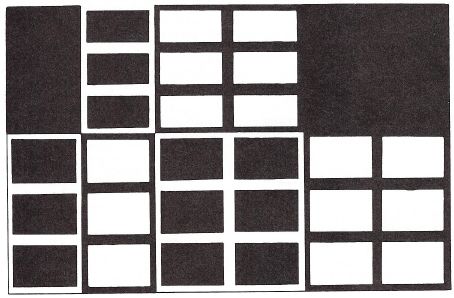
Abstract-expressionism was by no means a sterile experiment. It has been one of the most important developments of twentieth century art. Its influence can still be seen in most of the subsequent trends. Including the very formalistic ones, for the development of art is dialectic, with the most fruitful symbiosis taking place precisely between radically opposed movements, such as, in this instance, an enthropic tendency and an organizational one.
In many respects this process is very similar to the scientific one, with Science penetrating step by step under the outer layer of things. In an anecdotal way I would even say that the divisionist process of the analysis of light, finally reaching the stage of 'Pointillism,' in painting, very much resembles the path of Science from the macro-cosmic to the atomic conception of the world.
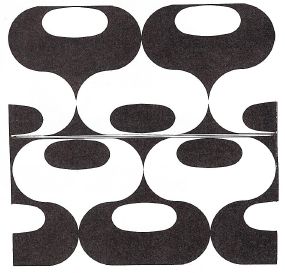
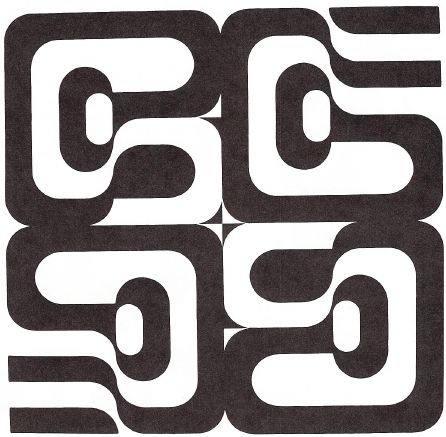
In 1968, I began computer research on my own painting, with the collaboration of the then newly-opened Centro de Cálculo de la Universidad de Madrid. My search for an objective language in my painting had led me already—through the practically total elimination of the subjective elements—to repetitions of a single shape in black and white compositions. I have explained my work with the computer in my articles 'El Ordenador,' published in the already mentioned publication, and 'Modules, Structures and Relationships; Ideograms of Universal Rapport,' of which a condensed version has been published in English.2
Currently, my work is based on a series of elementary shapes, or modules—four generally—which are the alphabet I build my pictures with. The definition of these shapes in a square is absolutely objective, and when repeated in a grid in various positions, they may originate an infinity of different designs. Their number depends on the squares in the grid as well as on the number of modules employed.
Starting with these modules, I try to express myself as the poet does with words or the composer with notes; by combining them so as to create a rhythmic pattern.
Basically, my painting is a research on the problem of space, which in my work is an element hierarchically equal to form, like a complementary form or antiform, in the same way that silence—pauses—in music, is a modulating element as important as sound, with 'form' being neither one or the other but the result of combinations between both of them.
In my pictures, space, rather than being a neutral element—a mere support for form—is a participating one, and the paintings, rather than of form and background, are composed of positive modules (black on white) and negative ones (white on black). This principle of oppositions and complementary opposites is essential in my work. It is present from the level of independent modules to that of very complex compositions. I believe it to be a statement on the bipolarity or dual nature of things, a notion antiquity held as the golden rule of the Universe.
The computer has been a great help to me. Properly programmed it will produce a great number of designs to study and compare, to choose or to get a stimulus from. It has revealed compositional rules I had been using in my pictures without being really conscious of them, and has allowed a great deal of systematization in my work. Since I use it more as a help for research than as a tool for execution, and am thus more interested in speed than in perfection of drawing, I prefer a line printer—with asterisks roughly filling the shapes—to a plotter. The final versions of my works I usually produce by hand.
Torremolinos, Spain
August 1975
FOOTNOTES
1. Ordenadores en el Arte; publ. by Centro de Cálculo de la Universidad de Madrid (Avda. Complutense s/n. Madrid) June 1969.
2. Page, Bulletin of the Computer Arts Society. No. 12. London, November 1970.
Return to Table of Contents | Previous Section | Next Section

